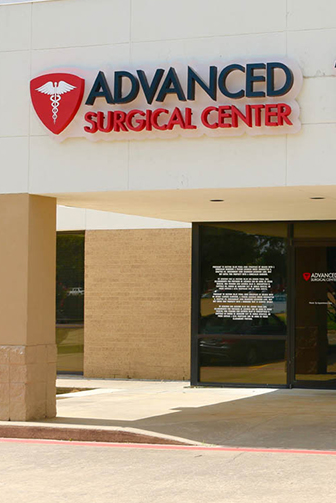What is a pacemaker?
A pacemaker is an electronic medical device that helps to maintain or restore a normal heartbeat by stimulating the heart with electrical impulses. A pacemaker may be temporary (partially external) or permanent (fully implanted). An implanted pacemaker is made up of a small metal container called a pulse generator and leads that are connected to the heart.
What is a pacemaker used for?
Pacemakers are used to correct certain types of arrhythmias, usually those that result in an abnormally slow heartbeat (bradycardia). An abnormally slow heartbeat can cause episodes of fainting (syncope), dizziness or lightheadedness, palpitations, confusion, shortness of breath, or episodes of extreme fatigue. Any of these symptoms are an important indicator that you may benefit from a pacemaker.
An abnormally slow heart rate is usually the consequence of either the sinus node (the natural pacemaker of the heart) operating too slowly, or a conduction system block in the electrical pathways of the heart (called a heart block). Pacemakers work by sensing abnormal rhythms in the heart’s electrical system and applying corrective electrical impulses as needed.
What is an implantable cardioverter-defibrillator (ICD)?
An implantable cardioverter-defibrillator (ICD) is an electronic medical device that stimulates the heart with electrical impulses to correct deadly arrhythmias like ventricular tachycardia (VT) and ventricular fibrillation (VF). An ICD is similar to an implanted pacemaker in its form and function, but with additional defibrillation, cardioversion, and heart monitoring functionality.
What is an ICD used for?
The main goal of an ICD is to prevent cardiac arrest (also called sudden cardiac death). Ventricular tachycardia and ventricular fibrillation are two types of arrhythmias in which abnormally fast, disorganized electrical patterns can cause the ventricles of the heart to ‘lock up.’ Without corrective action the heart may cease to pump effectively, causing sudden cardiac death.
When an ICD senses ventricular tachycardia or ventricular fibrillation, it provides a series of corrective electrical impulses that bring the heart out of the abnormal rhythm. This is called ‘cardioversion’ in the case of ventricular tachycardia and ‘defibrillation’ in the case of ventricular fibrillation.



